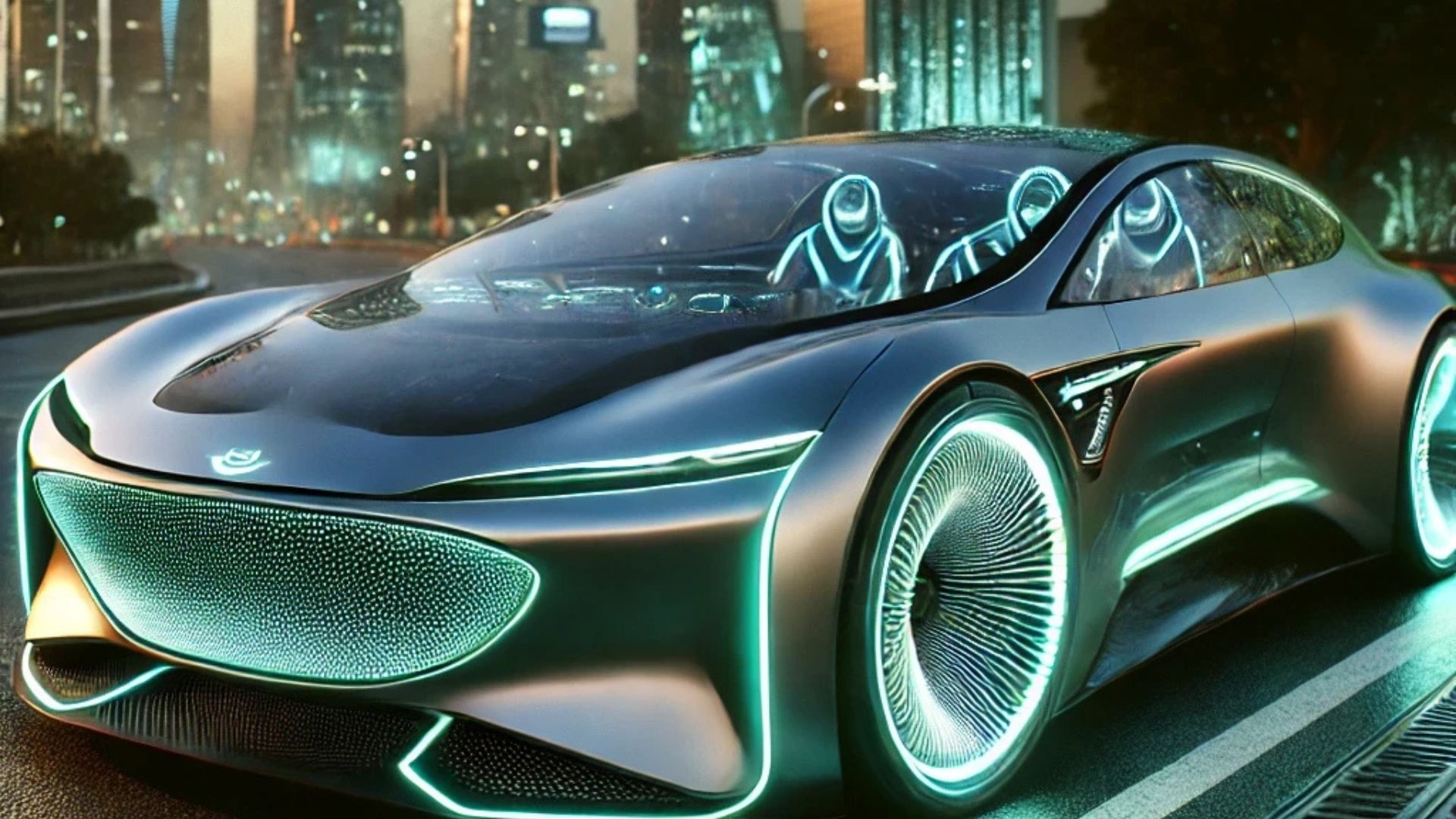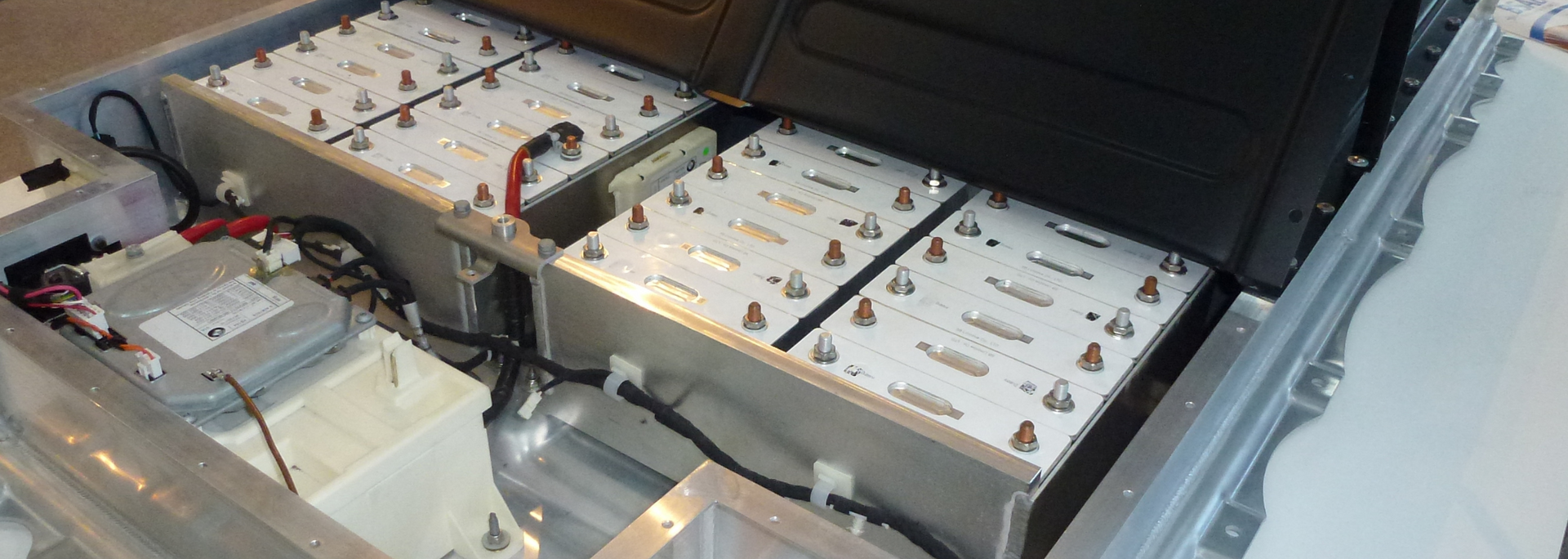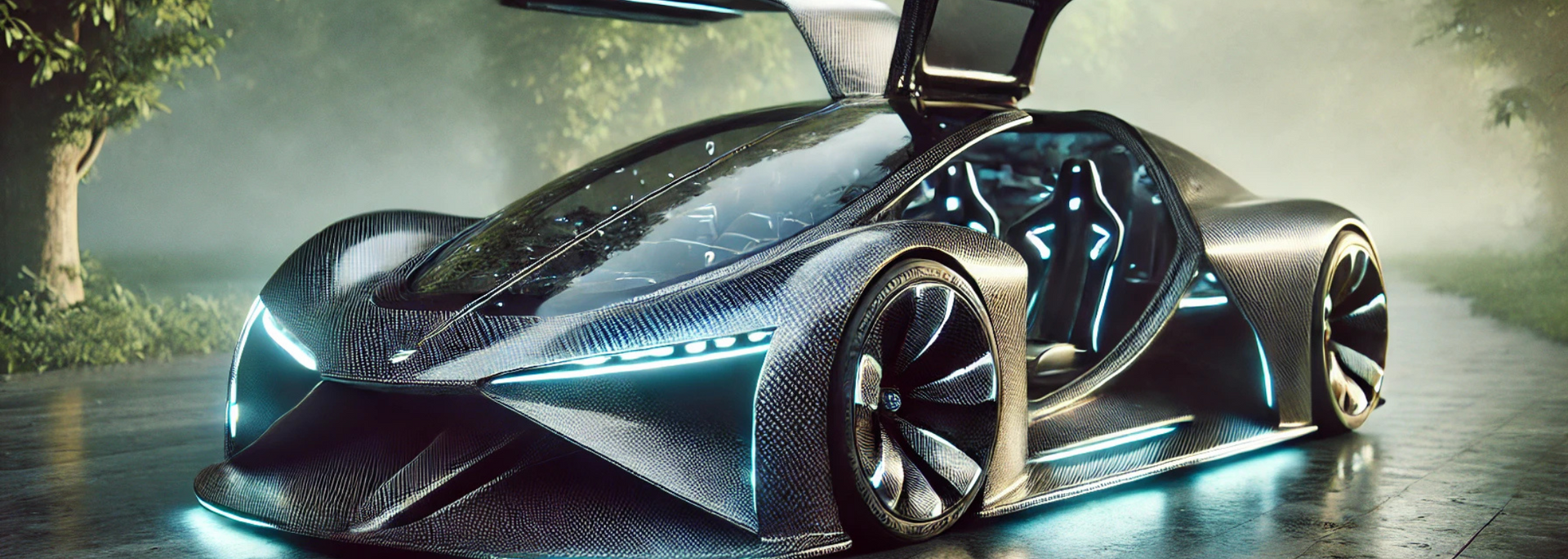What will the car of the future look like?
Automotive technology is changing all the time – so what will the car of the future look like? Let's find out.

The automotive industry has come a long way since the Benz Patent-Motorwagen – the first modern automobile. At the time, this three-wheeled, roofless vehicle was a huge breakthrough in the world of transport.
The 150-odd years since then have seen remarkable advances in automobile production. If Karl Benz could see today's fast, sleek machines, fitted with power steering, Bluetooth and sunroofs, he'd probably say, "Verdammt!"
But what's next for our four-wheel friends? What will the average car park look like in 20 years? Will we finally live in a world where cars fly and don't pollute?
Well, history is littered with predictions that turned out to be plain wrong. Take William Orton, president of Western Union.
In 1876, Alexander Graham Bell offered to sell Orton the patent to his revolutionary telephone. The company responded: "The idea is idiotic on the face of it… Furthermore, why would any person want to use this ungainly and impractical device when he can send a messenger to the telegraph office and have a clear written message sent to any large city in the United States?"
So, we're not going to sit here and tell you exactly what the car of the future will look like because, well, we don't know. Who knows what scientific breakthroughs will happen and change the game forever?
Nevertheless, all signs point to an automotive future where cars are electric, self-driving and connected. In practical terms, that means we could be living in a world where a driving licence will be as antiquated as a petrol pump.
The future is electric
"Um," we hear you um. "Electric cars already exist?"
You're right, of course. But at the time of writing, electric cars are a luxury product. For most drivers, a carbon-free car is simply out of the question.
This could change as EV batteries and other components become cheaper to produce and manufactured at scale.

The technology could change, too. We may see lithium-ion batteries replaced by lithium-air batteries. These can store up to four times more energy and double the distance a modern-day electric car can manage.
We may also see wireless charging for cars, using the same technology as phones. You would simply slide into a wireless charging station and top up your battery.
With environmental sustainability now more important than ever, it seems we're driving towards an electric future.
Holographic navigation
You know those filters on Instagram and Snapchat that let you put a funny moustache on your dog's face? The same technology could be used to overlay traffic conditions, sat-nav directions and more onto your field of vision.
In this holographic future, drivers wouldn't look back and forth between the road and their sat-nav or smartphone. Instead, the directions would hover in front of them.
This has one key advantage: it reduces cognitive load. This is the amount of information that a person has to process. With holographic navigation, the instructions will be part of the landscape and no one will be distracted by a push notification.
The interior
It seems likely that the roads will be filled with self-driving cars in the coming decades. This has all sorts of implications for urban living, not all of them attractive. However, one consequence would be welcomed by many: the rise of private entertainment booths in the passenger area.
It could be that the back seats of a car could be an entertainment zone, with 3D surfaces, holographic displays and VR headsets. Road trips would become more like train trips – but without other people getting in your way.
Then there's the possibility of cars filled with plant life. Not only would this make your car a kind of travelling terrarium, but it could also turn them from carbon neutral to carbon negative.
The exterior
The materials used to make cars could change. We might see vehicles made of strong yet lightweight materials such as carbon fibre and graphene. This would make even the most modest car look like it belonged to the super-rich.

Meanwhile, switchable smart glass could become the norm. At the time of writing, some high-end models give you glass sunroofs that can be switched from transparent to opaque. But the car of the future could have glass that can be changed to any shade or colour you like.
Tyres
Today's tyres have a problem: they're full of air. That's what makes them work, of course, but it's also what makes them deflate when punctured.
In the future, we might see airless tyres. As well as being puncture-resistant, these would absorb impact from the roads and even adapt their grip to different surfaces.
Safety
Some of the most significant advances in automotive technology have been advances in safety – just think of the airbag. It may be that the car of the future is even safer than today's.
We could, for instance, see cars fitted with breathalysers that stop you from driving if you've had a drink. But unlike the breathalysers we have today, these would scan the air in the car.
Collisions could be made less deadly with external airbags and drivers could have to unlock their vehicles with a face or fingerprint scan.
Up, up and away?
Look, this is all well and good, but we know what you're waiting for. Will the car of the future fly?
Well, flying cars have already been made. The problem is that they've never been built at a significant scale. The million-dollar question is whether a prototype could be designed that could be rolled out in large numbers.
So, who knows? Maybe it won't be long before Henry Ford is proved right: "A combination airplane and motorcar is coming. You may smile, but it will come."
At Northumbria Cars, we're specialists in securing
car finance with adverse credit. If your credit rating is holding you back from the wheels of your dreams, why not
apply online? It only takes two minutes.











